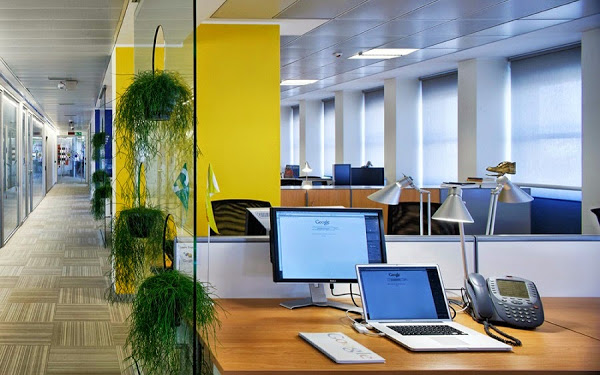
Certain preventive measures effectively slow or stop the spread of infectious diseases, along with airborne illnesses spread by coughing, sneezing, talking, or kissing someone, other diseases spread via bodily fluids that can be harmful to one’s health.
For those who work in high-risk occupations, like nurses, healthcare personnel, workers at a long-term care facility, employees at a facility for mentally disabled people, or laboratory technicians dealing with diseases, certain preventative measures help keep your work environment clean and prevent the spread of illnesses.
Let’s see the primary ways you can keep your work environment, or home, sterile to prevent yourself from catching or spreading diseases spread by bodily fluids.
Ways to keep your work environment sterile
One of the best ways you can learn about how to prevent or stop the spread of illnesses is by undergoing bloodborne pathogens training and receiving your bloodborne pathogens certification; not only do they teach you the proper preventative techniques to staying healthy, but it can tell you what to do once, or if, infected.
To keep your work environment safe, you need to learn the following ways to reduce the spread of infectious diseases, lessen the chances of catching an illness, and prevent a super-spreader event in your workplace.
Wash your hands
One of the basic and easiest ways to reduce the spread of disease is to wash your hands. This is important, easy, and can be taught to children and adults alike to maintain a sterile environment. When a disease touches a surface, it can be spread to other areas if a person touches the surface, doesn’t wash their hands, and touches their face or another person.
Clean surfaces in your workplace
If you sneeze or get blood on a surface and don’t clean it, the disease can be easily transferred between two people. Workers need to know the quickest and fastest ways to clean and sanitize surfaces to prevent the spread of bloodborne pathogens.
- Clean high-touch surfaces after exposing the area to contact, such as tabletops, handles, etc.
- Focus on high-touch areas on the surfaces, like handles, light switches, or specific spots of the table that are constantly touched by employees
- Clean other surfaces in your workplace that are visibly dirty
- Clean surfaces using sanitation products that are suitable to get rid of germs and disinfect the area
Get vaccinated
Especially with the new Covid-19 vaccine taking the world by storm, people are running more and more towards vaccinations. Although anti-vaxxers dispute the science of vaccination benefits, those who know the dangers of Covid, hepatitis B, or HIV get vaccinations to prevent unknowingly becoming infected with this dangerous bloodborne disease.
Conclusion
Taking preventative measures and hygienic methods to help prevent and slow the spread of bloodborne pathogens is key to keeping a safe and healthy work environment. To understand the spread and seriousness of bloodborne pathogens, employees in high-risk areas should take the bloodborne pathogens certification to ensure they are knowledgeable about the subject.